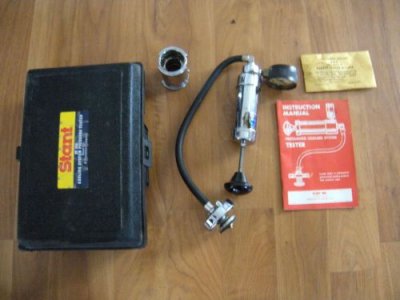scubscout53
Member
Hey guys, I’m leaking oil in my 96 Bronco 351. I must have had two leaks as the drain plug was leaking but it’s clean now . It’s oily between the transmission and the engine. (See picture). There is also a bit of coolant present. This could be due to the plastic coolant reservoir brackets being broken and not sitting properly but not sure.
I read that if it’s rear main seal it would steady drip when running. Is that true?
There’s minor oil around the valve covered in the back. Don’t think that’s the issue. None around the oil pan. I’m going to Jack it up and clean away what I can and try to look further. Also read a post about using dye which I’ll try if I can’t spot it after cleaning. My skills and tools are limited so if it’s serious I’ll be taking it to a mechanic.
Any idea what typical cost is to replace rear main seal?
I read that if it’s rear main seal it would steady drip when running. Is that true?
There’s minor oil around the valve covered in the back. Don’t think that’s the issue. None around the oil pan. I’m going to Jack it up and clean away what I can and try to look further. Also read a post about using dye which I’ll try if I can’t spot it after cleaning. My skills and tools are limited so if it’s serious I’ll be taking it to a mechanic.
Any idea what typical cost is to replace rear main seal?







